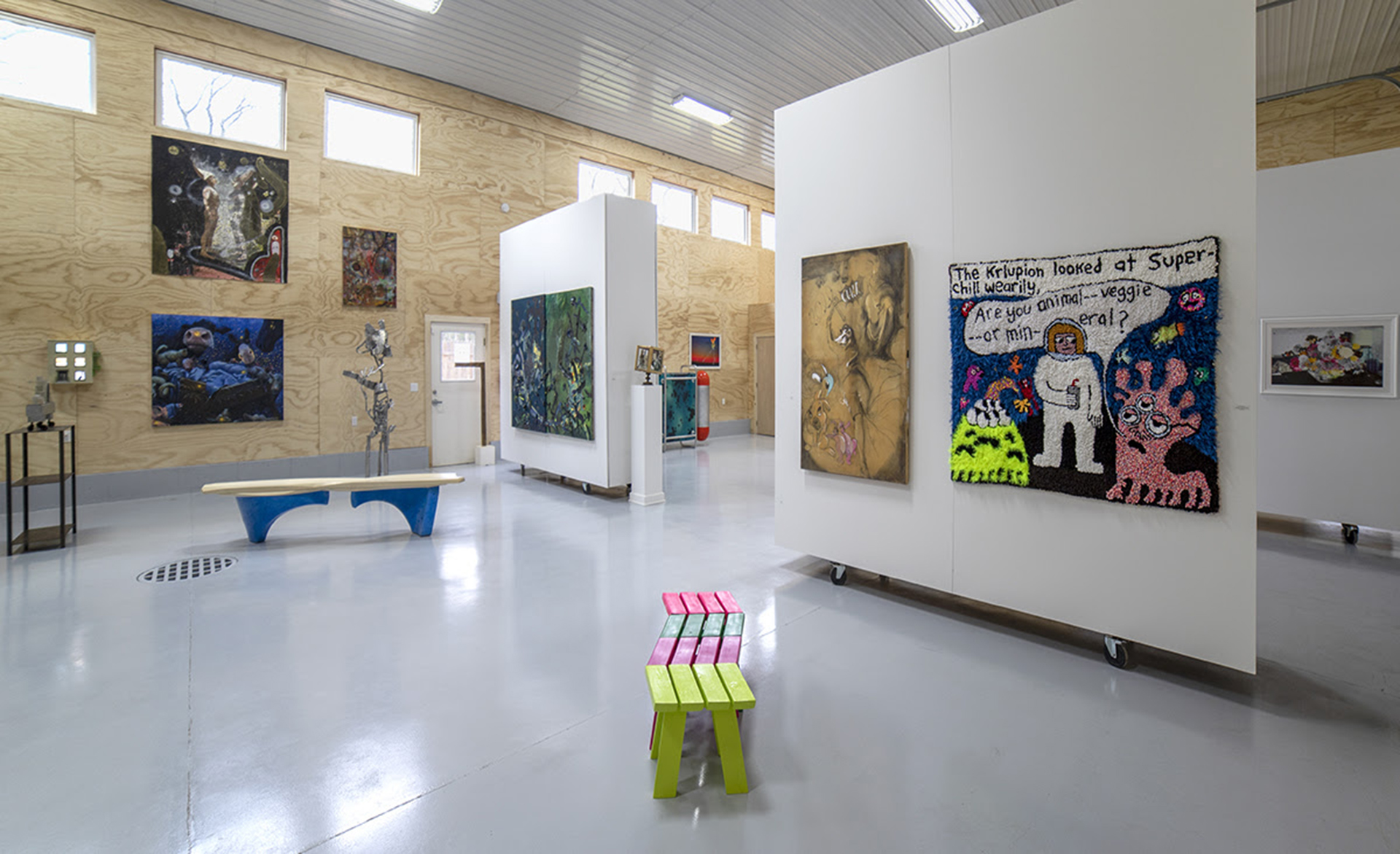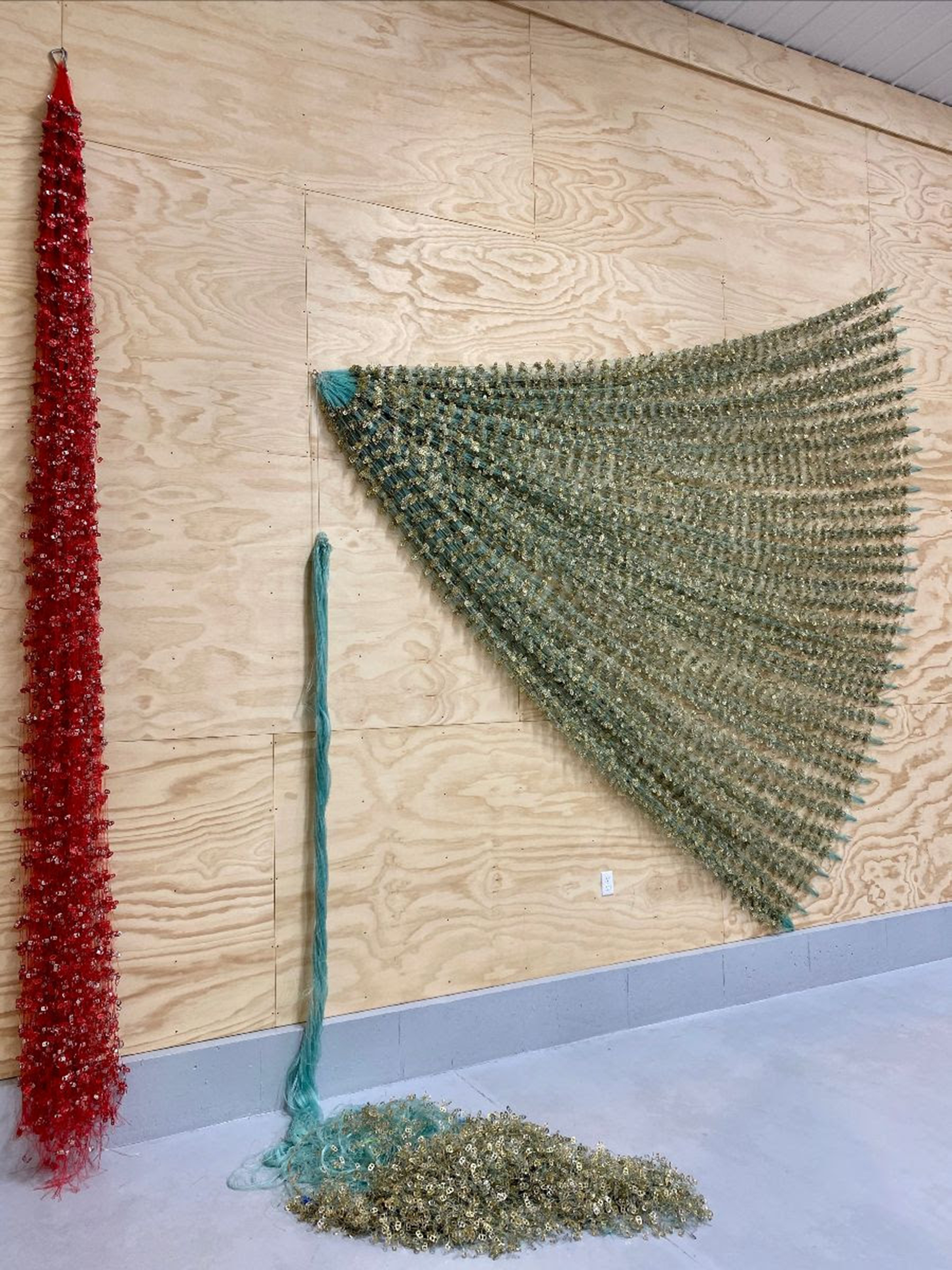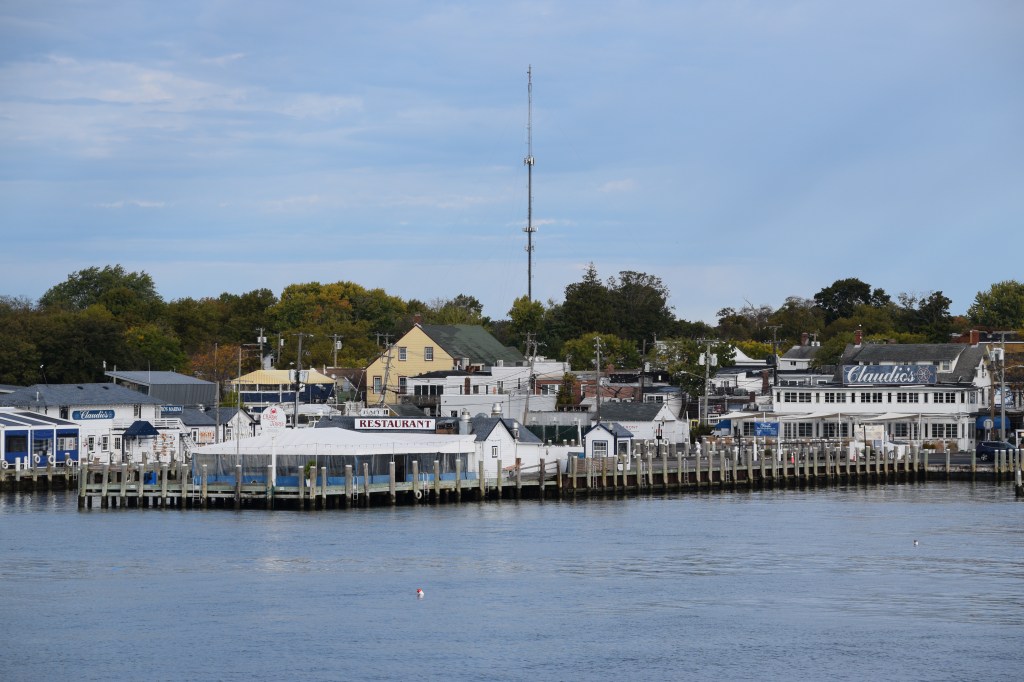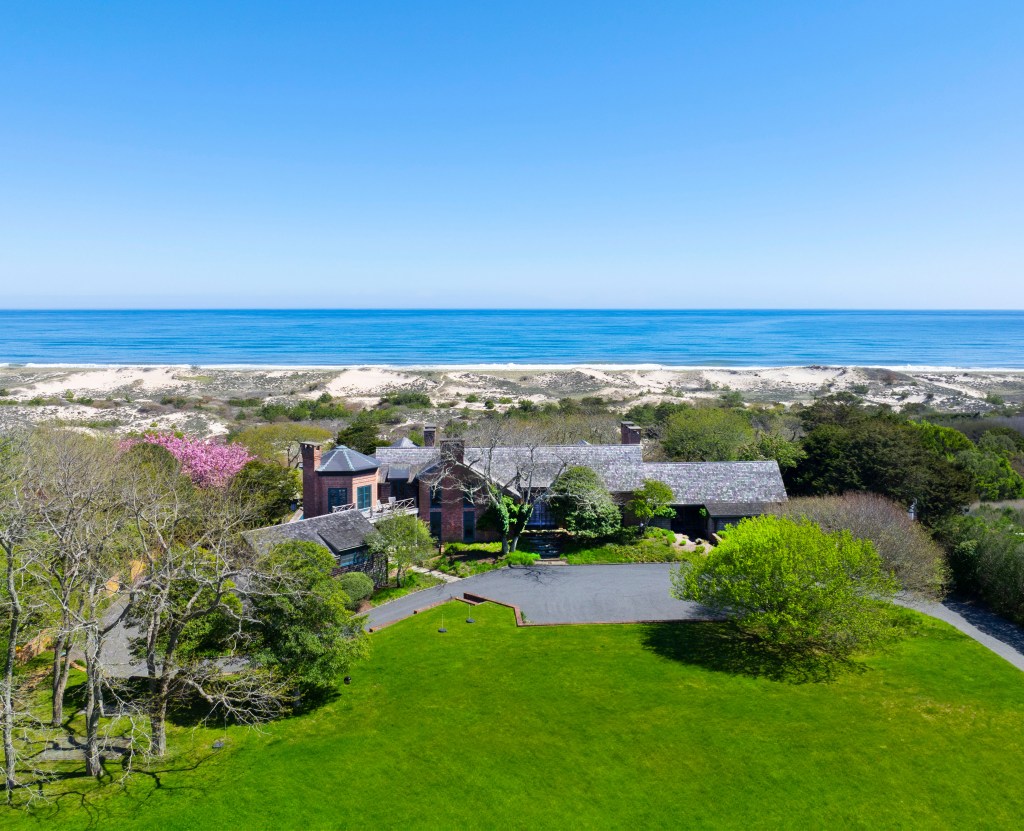“A ‘Surge’ Of Hope


Alice Hope: Surge” is a new solo exhibit on view by appointment at Tripoli Gallery in Wainscott now through April 12. The show marks the gallery’s first artist-in-residence in its new residency series in development. “Surge” celebrates Hope’s large-scale installation that was commissioned by Art in Embassies, where it found a permanent home in the U.S. Embassy lobby in Maputo, Mozambique. The exhibit will showcase Hope’s new pieces related to the commission, inspired by marine netting, alongside her works-in-progress during her residency. Recognized for her spiral can tab pieces, new spirals will fill the walls causing onlookers to think beyond the piece itself.
This is your first exhibit at the gallery. How did you connect with owner Tripoli Patterson?
At Trip’s Artist and Writers night at Almond last fall, he spoke about the dynamism he envisioned for his extraordinary new space. He said that he was planning to reconfigure the moving walls regularly, that at times he’d have artists actively working in the space while shows are going on. So, when the Mozambique project outgrew my studio, I talked to Trip about working in his gallery.
The scale of his space was perfect as it replicated the scale of the embassy’s lobby. Oftentimes, I don’t see the entirety of the work until it’s shown — while in process, it’s evolving material. I am so grateful to the gallery for it to be seen.
Describe your U.S. Embassy commission, for those who haven’t gotten a chance to see it.
The commission was a two-year project of sourcing, experimenting, and assemblage. The project developed my use of can tabs into a physical form of mark making and tone shifting — a more painterly approach with the material. When I visited the site in Mozambique, I was directly influenced by the seine fisherman offshore from the embassy; I used seine netting as canvas which, at times, I allowed to emerge as a subject.
When setting the pattern of the tabs, I was influenced by the mesmerizing collective momentary shifts in direction of schools of fish — aquatic murmuration.

Have you been there personally?
Yes, I went to Maputo and the trip was very influential. I visited the monumental embassy site under construction, met artists, art historians, museum directors, curators, and visited the university’s art department. I got a glimpse into the tradition of making and the contemporary approach’s breadth. Resourcefulness was material in and of itself.
What inspired you to use can tabs? They’ve become very iconic in your work.
The tab’s multiple contradictory meanings keep me interested. Ultimately, I’m dedicated to how each one is a relic of consumption and a token for redemption. Each one literally represents a can being opened at a moment in time and also another person at a moment in time collecting the tab — making it a far-reaching collaboration.
How do you obtain all of these tabs?
Most of the tabs for this show are all used Modelo tabs from Costa Rica. I can’t buy new tabs; when they are new they are made pre-attached to the can lid. I worked with a person in Costa Rica who solicited the collecting. To amass the number of tabs for each one of the works requires a lot of collective gathering. I chose Modelo tabs because of the cultural reference and duo gold/silver tone.
Is there a significance in the number of tabs used?
Each of the spirals are different sizes, depending on how many can tabs I can find in that color. The bicolor spirals are that scale because I couldn’t source any more. I lose count of the number of tabs I use, in part because I think guessing is part of the viewer’s experience.
What do you enjoy most about this particular exhibit?
I like the variation and relationship between the pieces. While there’s autonomy, they flow into one another.
Tripoli Gallery is located at 26 Ardsley Road in Wainscott. It is temporarily open by appointment only. Visit www.tripoligallery.com.
nicole@indyeastend.com



